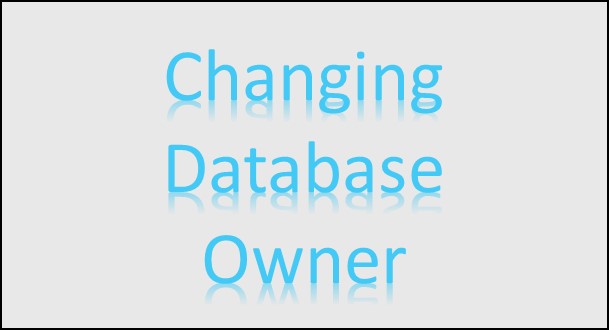The default setting in SQL Server 2005 and later is to keep a trace running all … SQL Server Default TraceRead more
Configuration
Send database mail from SQL Server with Gmail
Did you know you can use Gmail to send emails from SQL Server?
Default collation different from instance default
If you have databases with another default collation than the instance default, you may get something … Default collation different from instance defaultRead more
T-SQL function SERVERPROPERTY
The T-SQL function SERVERPROPERTY returns a lot of properties about the current SQL Server instance. The … T-SQL function SERVERPROPERTYRead more
SQL Server error log location
The SQL Server service keeps its own error logs outside of SQL Server in a number … SQL Server error log locationRead more
sp_cycle_errorlog
Sometimes the error log files in SQL Server get too large to view and manage in … sp_cycle_errorlogRead more
Logging changes to sys.configurations
Some server wide settings can have major negative impact if they are changed in your SQL … Logging changes to sys.configurationsRead more
Changing the database owner
When a database is created, the logged in user is set as the database owner as … Changing the database ownerRead more


